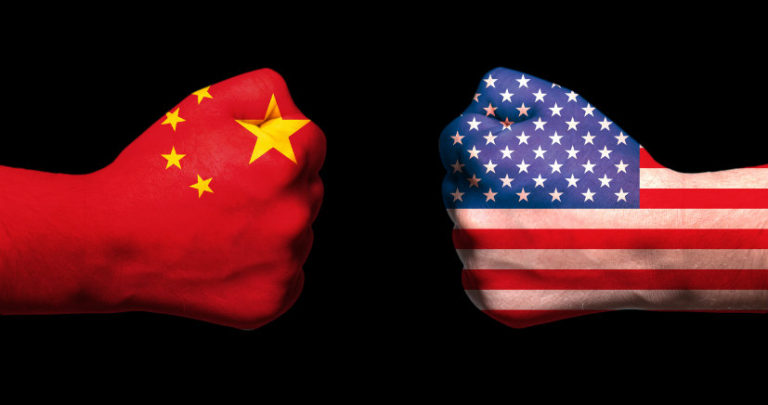MediaTek – PC next?
- Mediatek’s new chip for Chromebooks sets a new standard for the high end of the Chromebook market and looks to me to be merely a stone’s throw from Intel and AMD facing another newcomer in the PC Market.
- MediaTek’s Kompanio Ultra has an NPU that runs at 50 TOPS, 8 Big Arm v9.2 cores(Cortex-X925), 2 x 4K external monitor support and the promise of 20 hours of battery life.
- The chip is made on TSMC’s 3nm process node and is sporting the kind of specifications that would be acceptable in the middle of the laptop market.
- I expect that Qualcomm will take another step forward when it launches its X Elite 2 this year leaving MediaTek space to slot in right behind it just as it does in the smartphone market.
- The only real issue I see with MediaTek taking this chip and spinning it into the laptop market is software.
- Although both Qualcomm and MediaTek are using Arm, Qualcomm has its custom Oryon core whereas MediaTek is using a processor design that it buys from Arm.
- This is likely to mean that MediaTek will need to work with Microsoft to make its chips work as well with Windows as Qualcomm’s to ensure that its offering is competitive when it comes to market.
- This chip looks to me like an expression of MediaTek’s ambition to come to the PC market and put even more pressure on Intel and AMD.
- The real winner here is Arm, which will see its penetration of PCs accelerate and it will earn higher royalties from MediaTek which buys the processor design and licences the IP as opposed to Qualcomm which just pays for the IP.
- This is neutral for Qualcomm because competition in this space is healthy and will keep Qualcomm on its toes and push it to continue to lead when it comes to performance.
- Intel and AMD are the real losers here and it increasingly looks to me like the x86 architecture is increasingly obsolete.
Microsoft & OpenAI – The divorce
- Yet more delays in building data centres by Microsoft is not a sign that the AI freight train is about to hit the buffers but more an indication that it is slowly extracting itself from its relationship with OpenAI.
- The latest delay involves three data centres that were to be built in Ohio bringing the total delays and curtailments to 2GW in terms of capacity.
- The Ohio projects were announced in October when OpenAI was expected to continue sole sourcing its compute capacity from Microsoft.
- Microsoft is not relinquishing ownership of the real estate and so these look like delays as opposed to outright cancellations.
- Since that time, the relationship has soured substantially with OpenAI being reluctant to share key technological details of its models with its once closest partner and I think Microsoft has realised the substantial risk it is taking by being dependent on a company with weak corporate governance.
- Crucially, these delays have not resulted in Microsoft cutting its $80bn capex forecast for this fiscal year meaning that whatever it has saved is being used elsewhere given how strong demand remains.
- Hence, I don’t think that this has anything to do with end demand and when Microsoft, Amazon and Google report this quarter, we will continue to see strong demand for their services.
- I think that this is a wise move by Microsoft as I have long been concerned with Microsoft’s dependence on OpenAI and viewed it as the only real mistake made by an otherwise almost faultless Satya Nadella.
- Microsoft will now head off in another direction and source its models from multiple sources including in-house meaning that when OpenAI blows up or gets acquired, Microsoft will suffer no real collateral damage.
- Reduces risk and with the 2025 PER ratio now at a more reasonable 26.8x, leads me to think that there is a fairly easy 25% in the shares when market turmoil subsides.










Leave a Comment